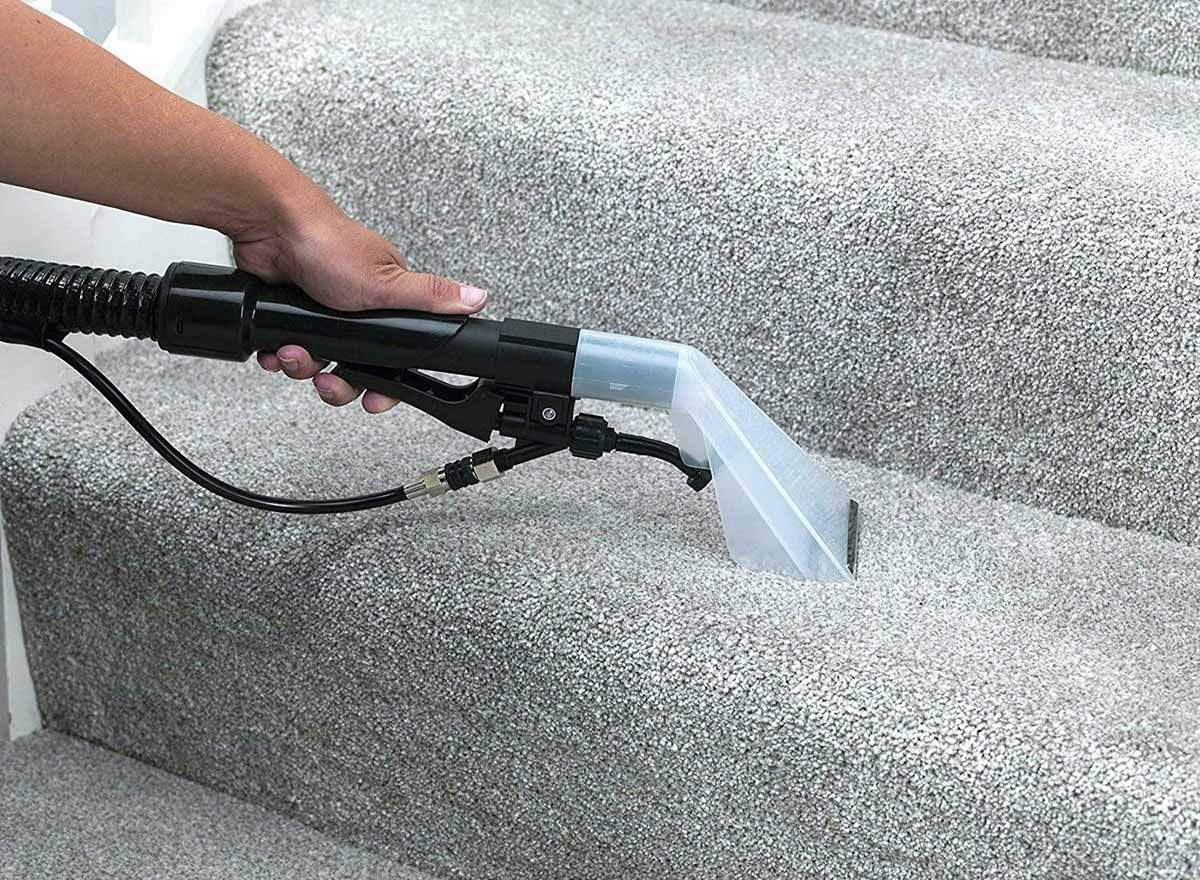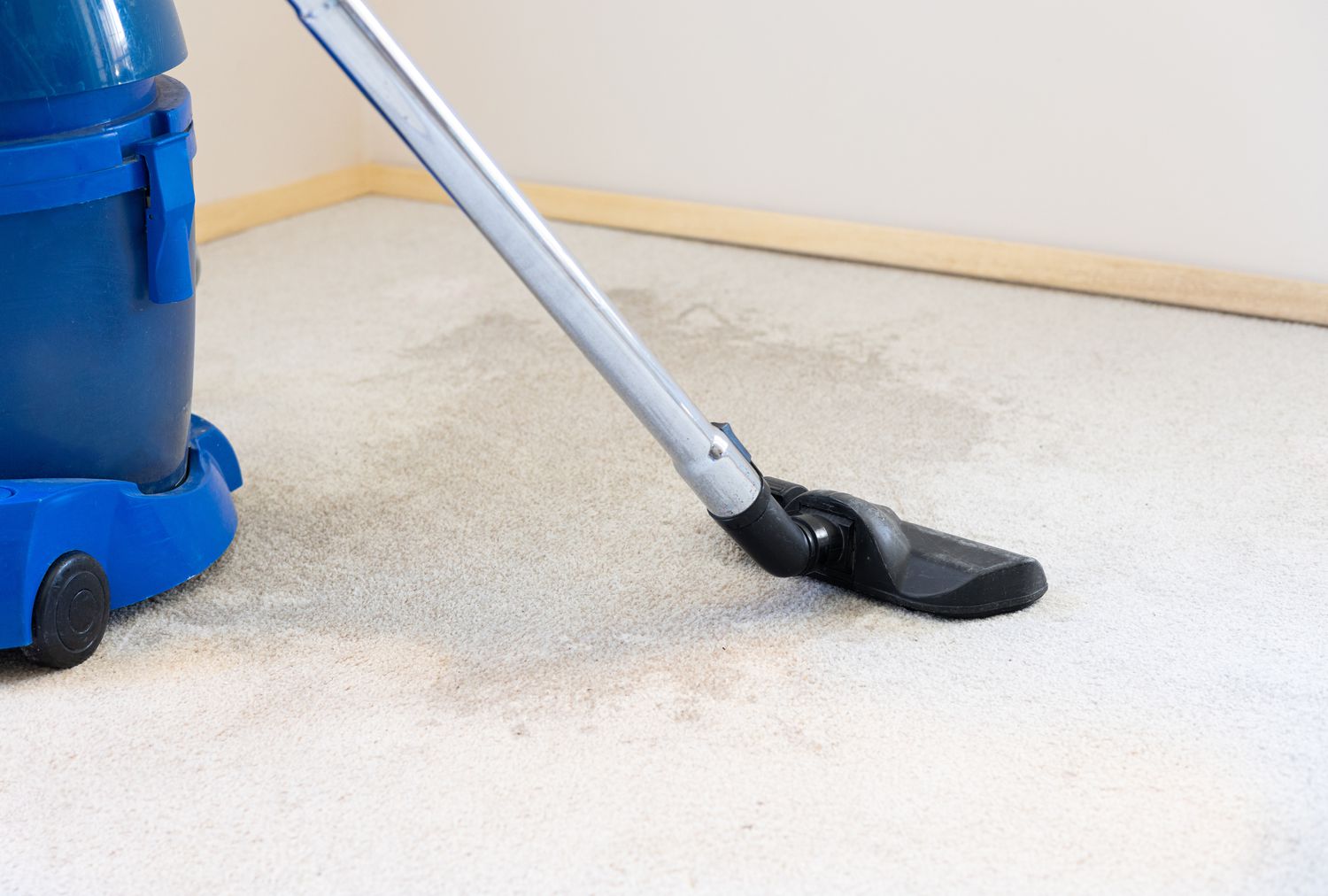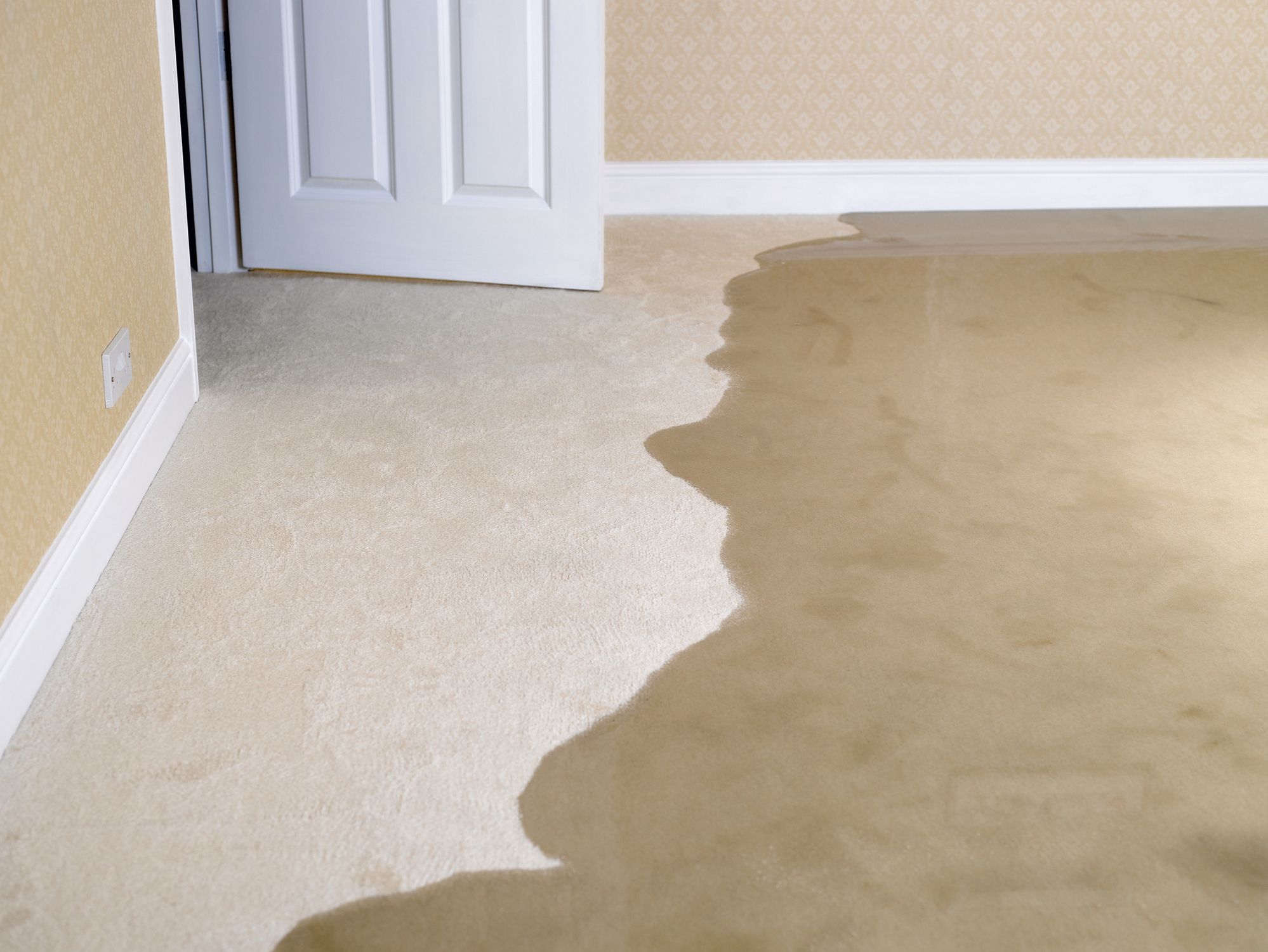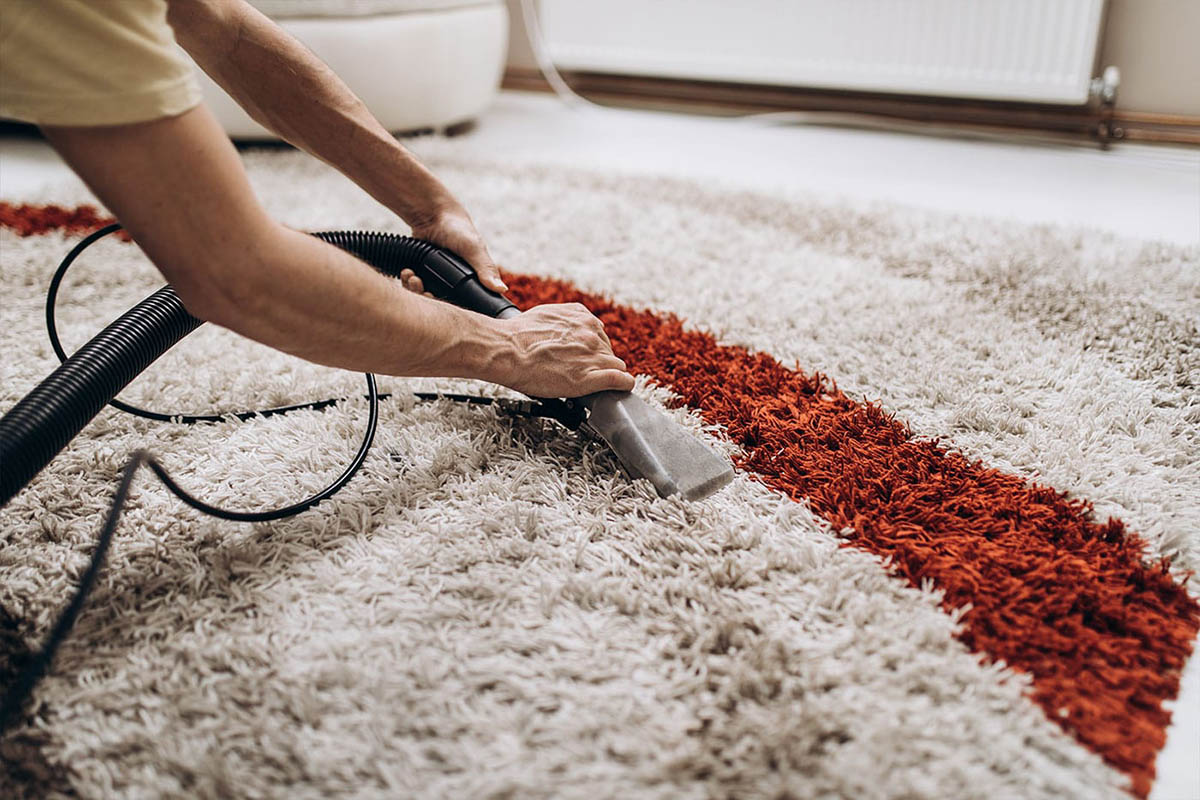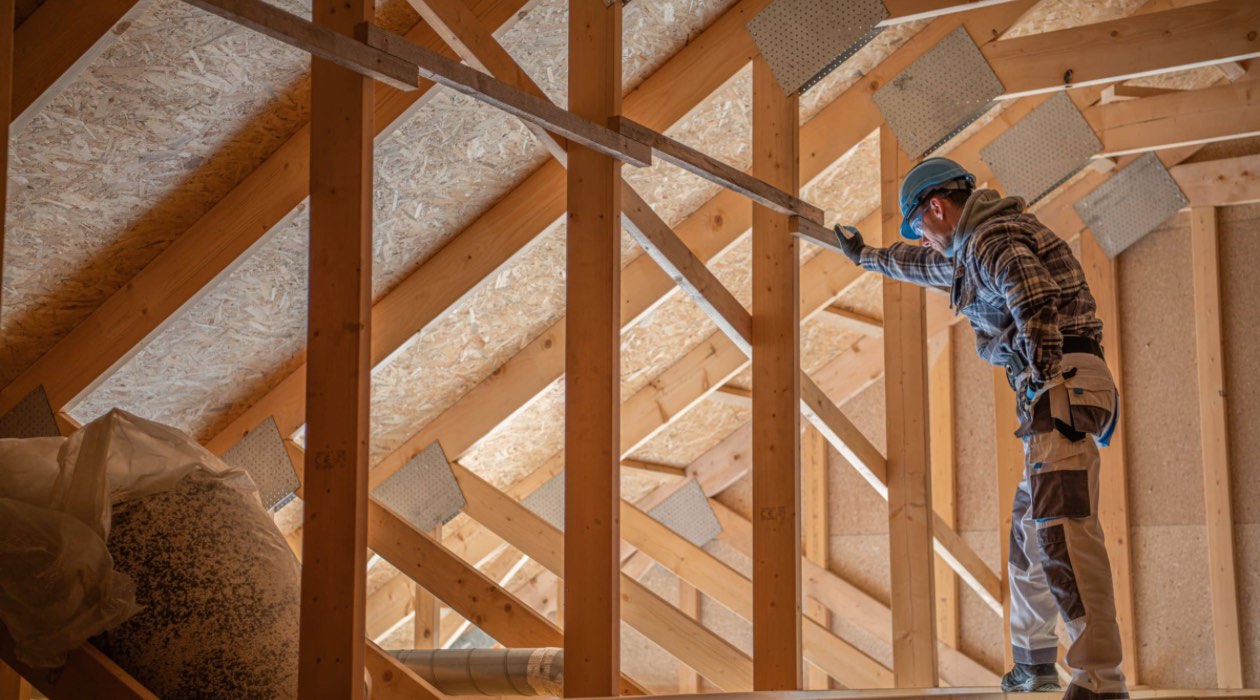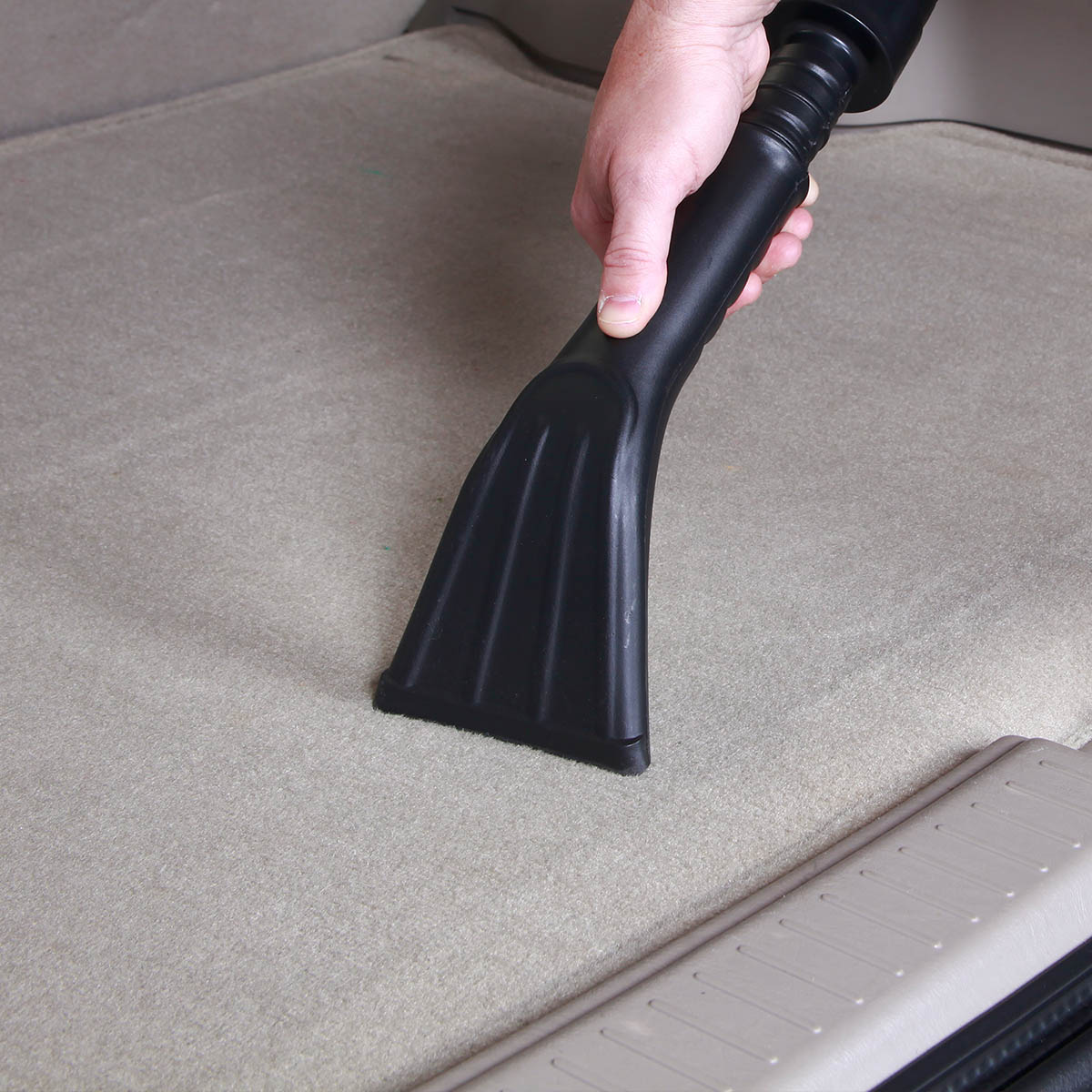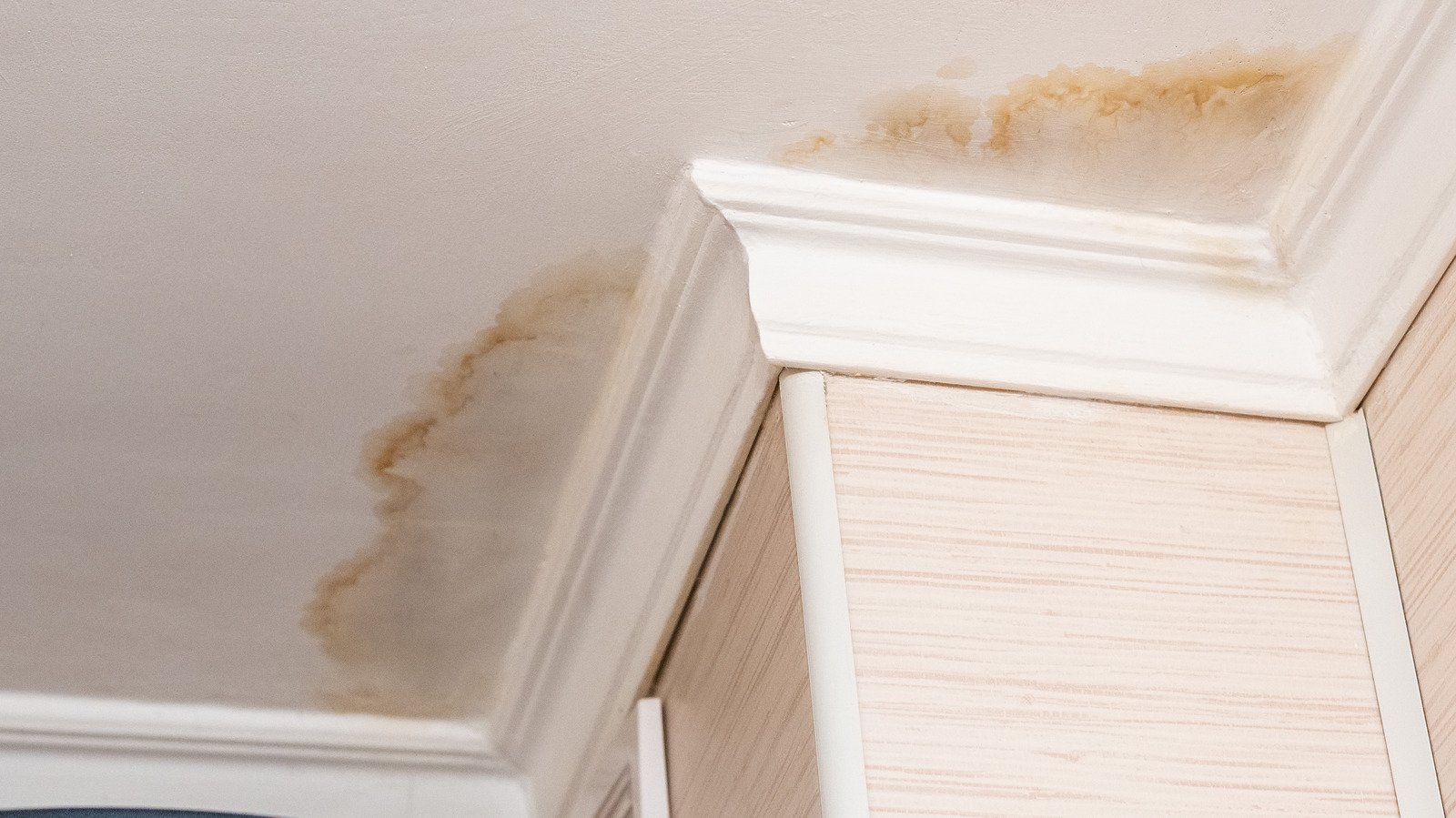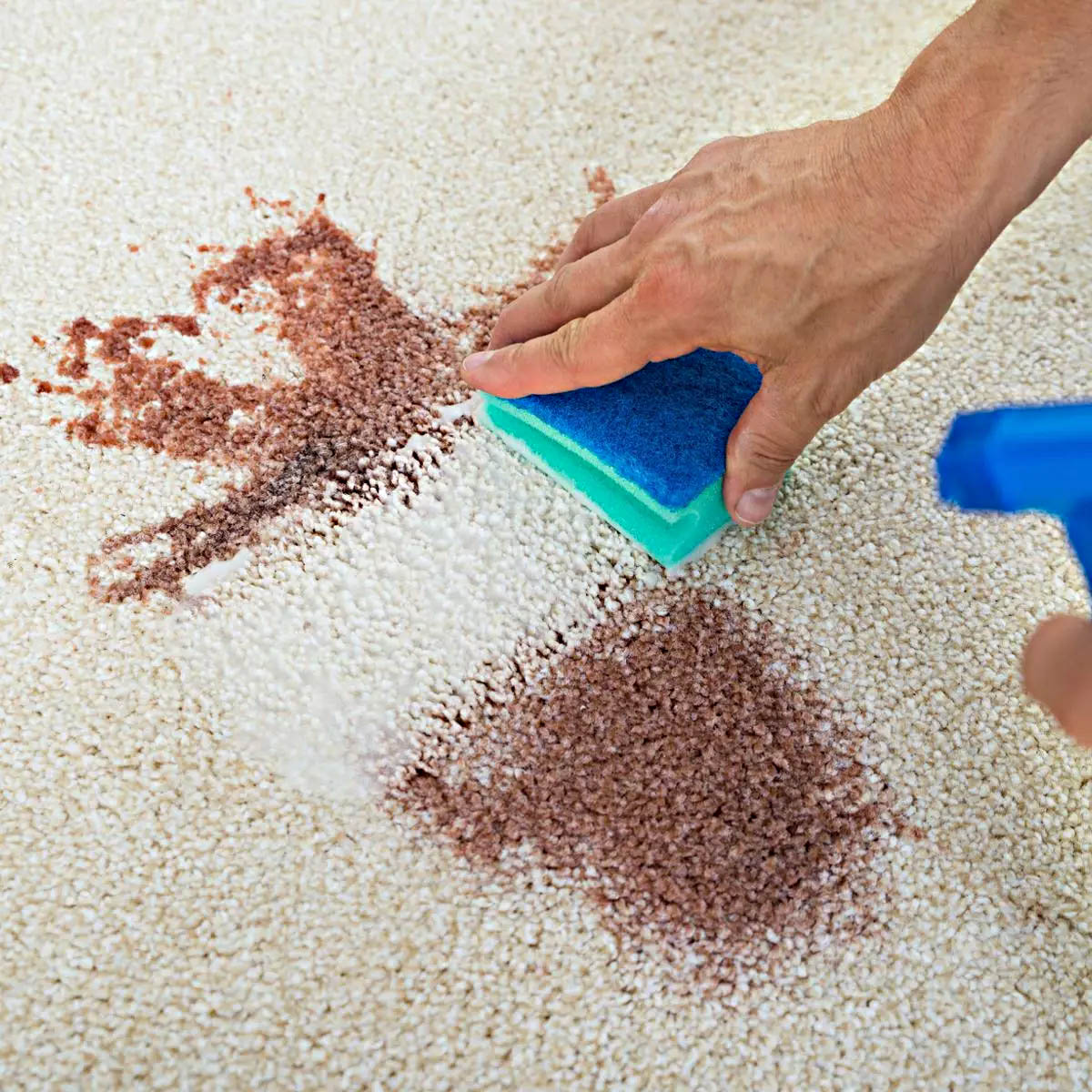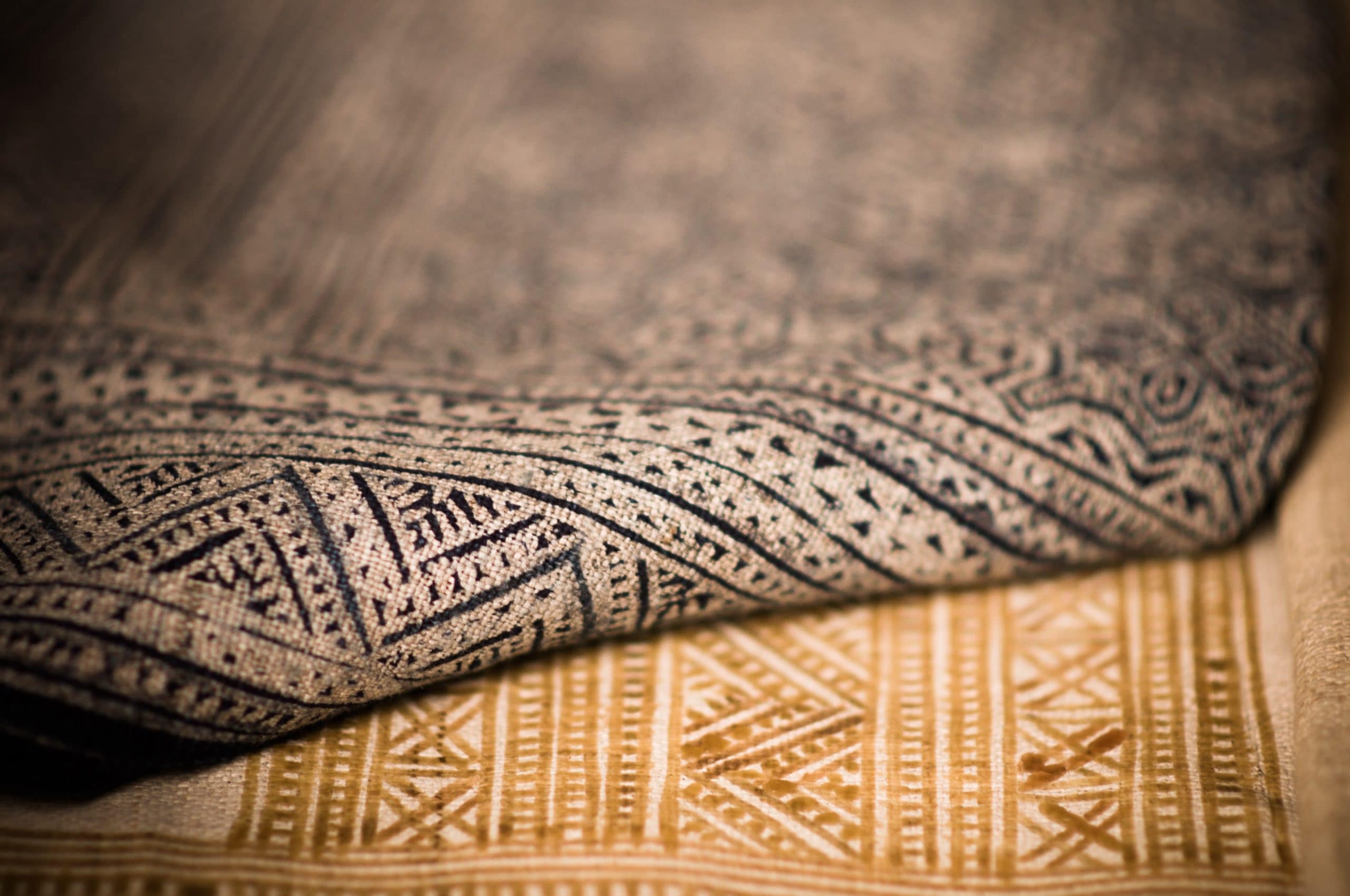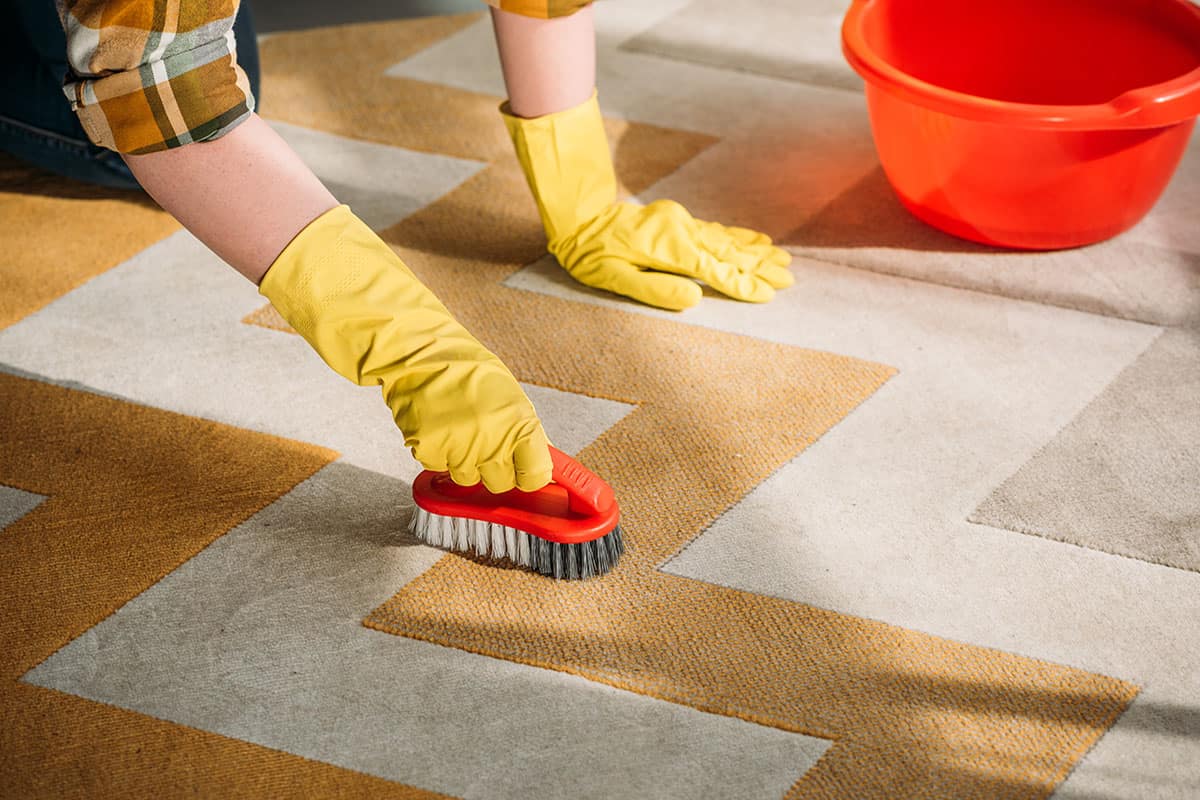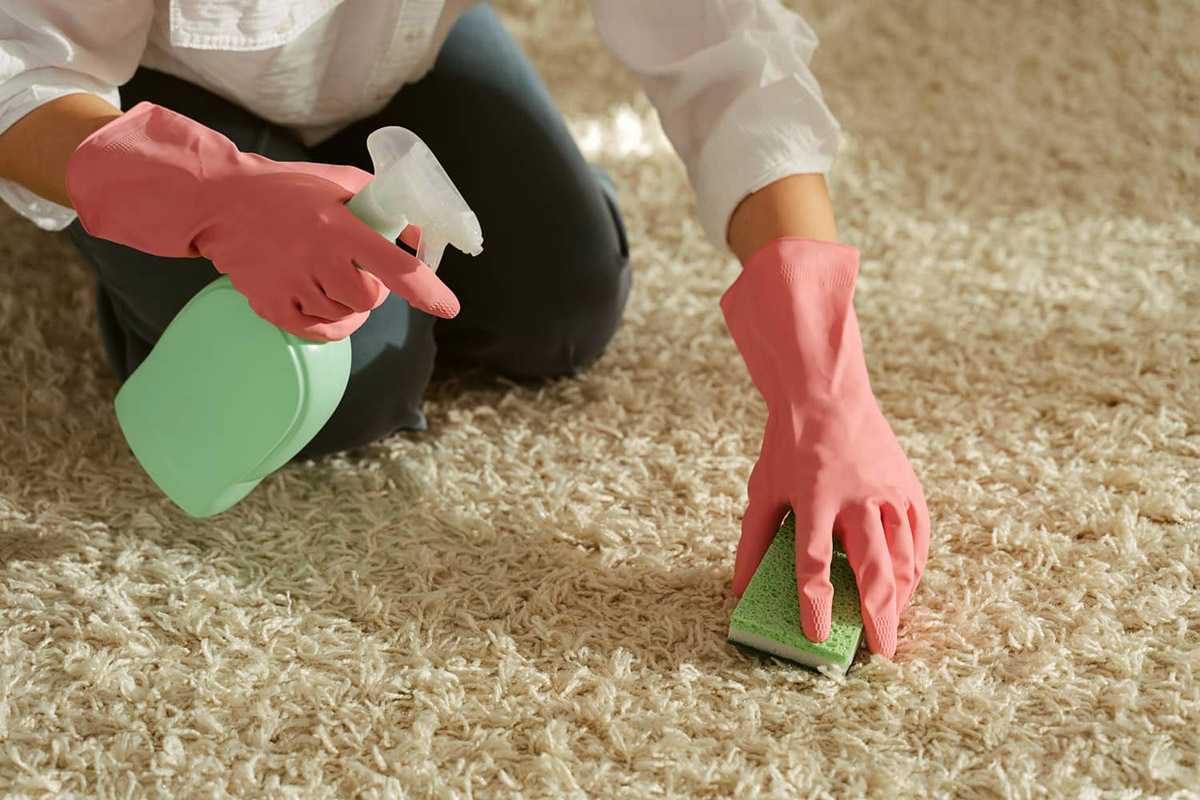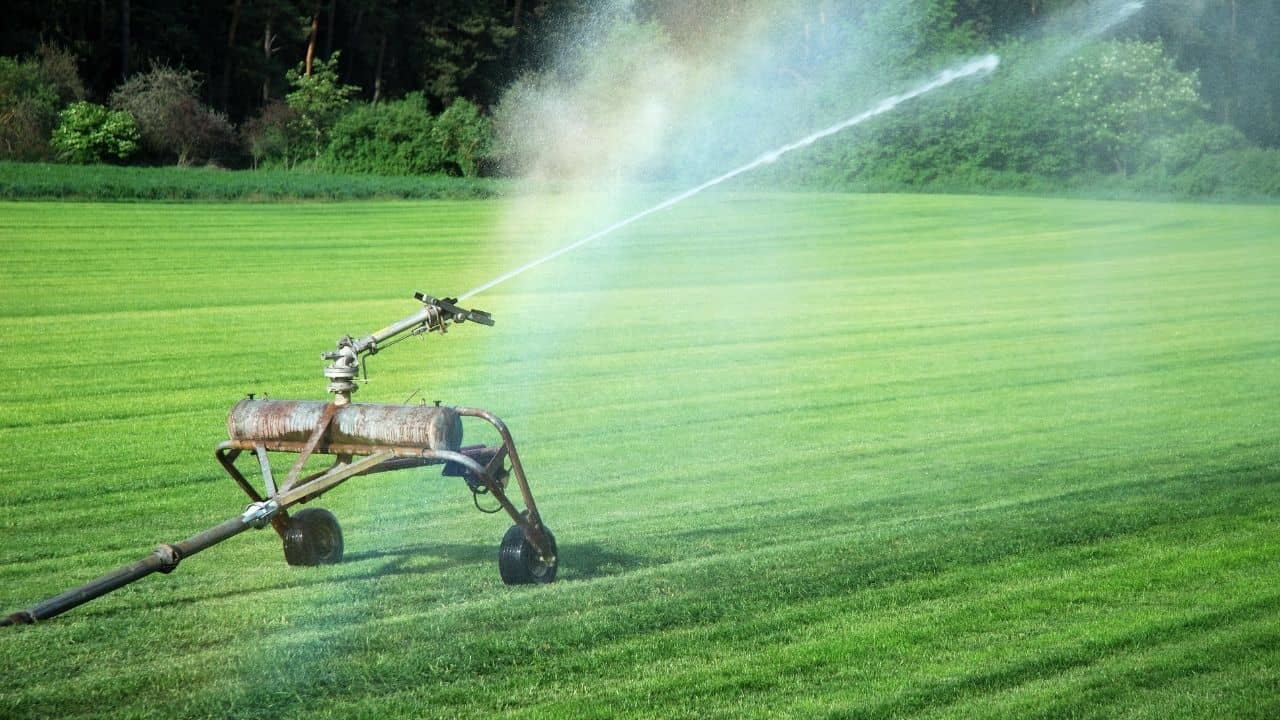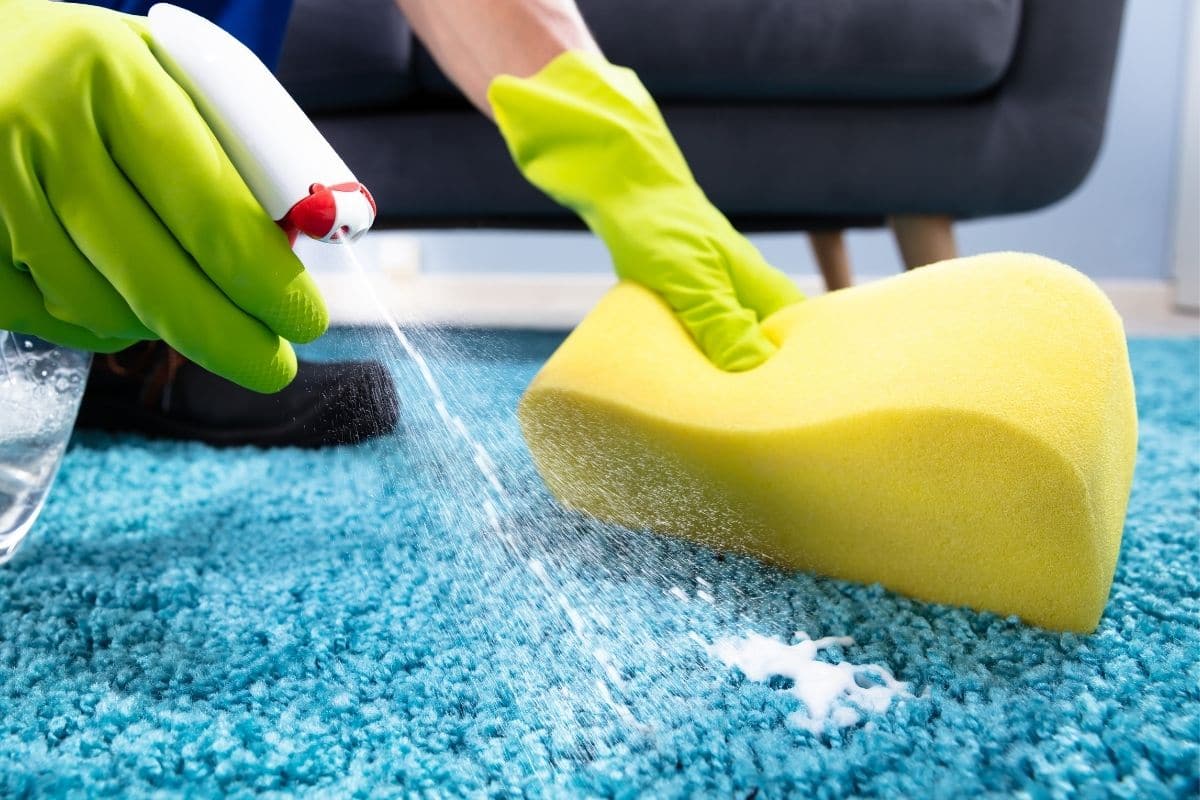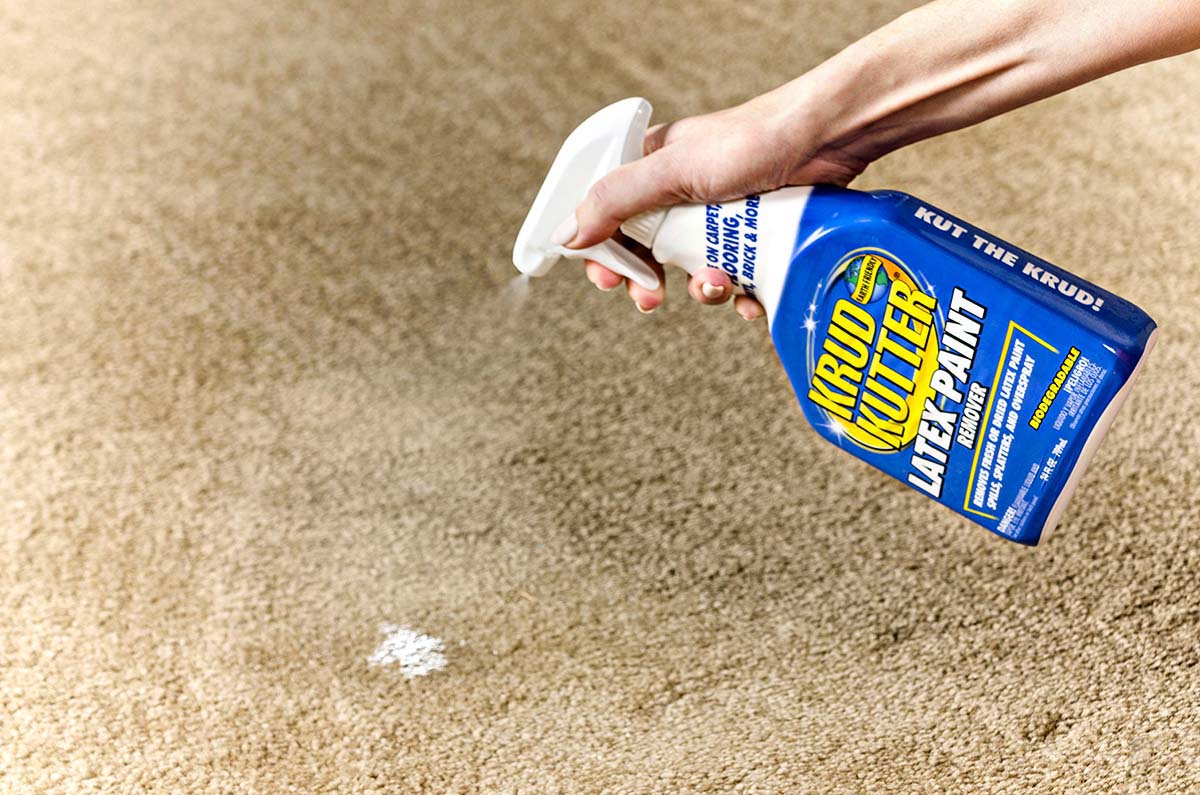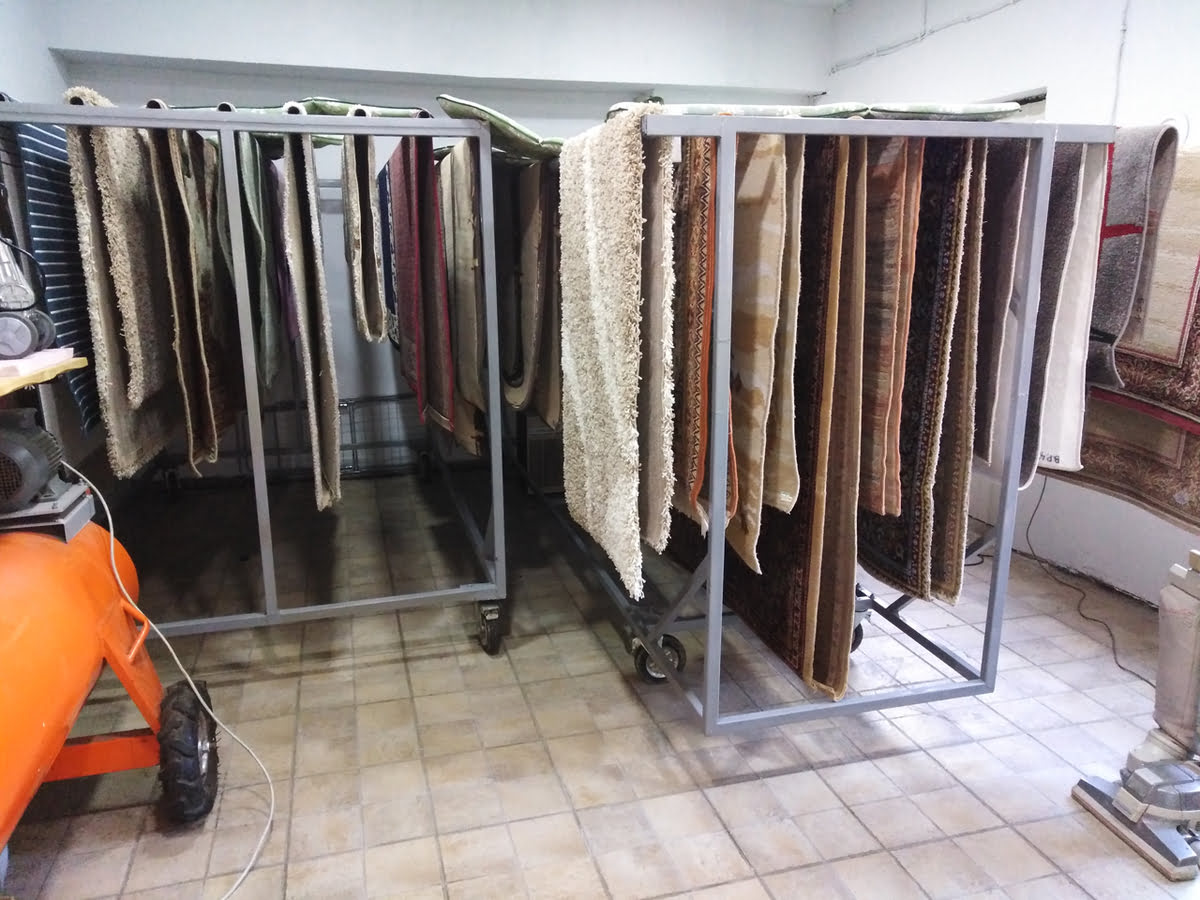

Articles
How To Dry A Carpet After Washing
Modified: September 1, 2024
Learn effective ways to dry your carpet after washing to ensure quick drying and prevent mold and mildew. Read our informative articles and expert tips to make the process easier and more efficient.
(Many of the links in this article redirect to a specific reviewed product. Your purchase of these products through affiliate links helps to generate commission for Storables.com, at no extra cost. Learn more)
Introduction
When it comes to keeping our homes clean and fresh, one of the essential tasks is washing our carpets. Whether it’s due to spills, stains, or just routine maintenance, giving your carpets a good wash can revive their appearance and remove any dirt or odors. However, after washing the carpet, it’s important to ensure it is thoroughly dried to prevent mold, mildew, or other damage.
Drying a wet carpet may seem like a daunting task, but with the right techniques and equipment, you can effectively remove excess moisture and restore your carpet to its ideal condition. In this article, we will outline a step-by-step guide on how to dry a carpet after washing, ensuring a clean and dry home.
Key Takeaways:
- Ensure thorough carpet drying by removing excess water, using absorbent materials, promoting air circulation, harnessing natural sunlight, considering a dehumidifier, and allowing sufficient drying time. Patience is key for optimal results.
- Following a step-by-step guide for drying a wet carpet after washing is crucial for maintaining cleanliness and longevity. Utilize fans, natural sunlight, and dehumidifiers to expedite the drying process and ensure a clean, fresh, and dry carpet.
Step 1: Remove Excess Water
The first step in drying a wet carpet is to remove as much excess water as possible. The sooner you can address this, the better chance you have of preventing further damage. Here are a few methods to effectively remove excess water from your carpet:
- Blotting: Begin by using a clean, absorbent cloth or sponge to gently blot the wet areas of the carpet. Avoid rubbing or scrubbing, as this can push the water further into the carpet fibers.
- Wet Vacuum: If you have a wet vacuum cleaner or a shop vac, you can use it to suction out the excess water from the carpet. Make sure to follow the manufacturer’s instructions on how to use the wet vacuum properly.
- Towels: Another effective method is to lay down clean, dry towels on top of the wet areas of the carpet and apply gentle pressure. The towels will absorb the moisture from the carpet, and you can continue replacing them with dry ones until minimal moisture remains.
Remember to work from the outer edges of the wet area towards the center to prevent the water from spreading further. It’s important to act quickly and remove as much water as possible before moving on to the next step.
Step 2: Use Absorbent Materials
After removing the excess water, the next step is to use absorbent materials to further draw out moisture from the carpet. Here are some effective methods to consider:
- Baking Soda: Sprinkling baking soda over the damp areas can help absorb moisture and neutralize any odors. Let it sit for a few hours or overnight, then vacuum it up.
- Cornstarch: Similar to baking soda, cornstarch can absorb moisture from the carpet. Sprinkle it evenly over the damp areas, let it sit for a few hours, and then vacuum it up.
- Kitty Litter: If you have unused, dry kitty litter, it can be a great absorbent material for wet carpets. Spread it generously over the damp areas, leave it for a few hours, and then vacuum or sweep it up.
- Paper Towels: For smaller areas or spots, you can place layers of paper towels over the damp spots and press them down to absorb the moisture. Replace the soaked paper towels with dry ones as necessary.
Using absorbent materials is an effective way to continue drawing out moisture from the carpet. Ensure that you cover the entire damp area and give it sufficient time to absorb the moisture before moving on to the next step.
Step 3: Use Fans or Air Circulation
After using absorbent materials to remove moisture, the next step is to promote air circulation to speed up the drying process. Here are a few methods to achieve this:
- Fans: Position portable fans around the damp carpet to facilitate airflow. Point the fans towards the carpet and set them on a high speed setting to maximize air circulation. Make sure to adjust the fans periodically to ensure all areas of the carpet receive sufficient airflow.
- Open Windows and Doors: If weather conditions permit, open windows and doors to create cross ventilation. This will help moisture evaporate faster and facilitate the drying process.
- Air Conditioning: Use your air conditioning system to remove excess humidity from the room. Lowering the humidity levels can aid in drying the carpet faster.
- Ceiling Fans: If you have ceiling fans in the room, turn them on to create a breeze. This will help in circulating air and expediting the drying process.
Remember to keep the area well-ventilated to prevent moisture from being trapped, which can prolong the drying time and potentially lead to mold growth. Additionally, avoid walking on the damp carpet as much as possible to prevent further damage.
Step 4: Utilize Natural Sunlight
Natural sunlight can be a powerful ally when it comes to drying a wet carpet. Sunlight provides warmth and helps to evaporate moisture effectively. Here’s how you can utilize natural sunlight:
- Open curtains or blinds: If the room has windows that receive direct sunlight, open the curtains or blinds to let the sunlight in. The heat from the sun will help to dry the carpet faster.
- Place the carpet outdoors: If possible, take the carpet outside and place it in a sunny spot. Make sure to secure it properly to prevent it from flying away in case of wind. The direct exposure to sunlight will aid in the drying process.
It’s important to note that excessive exposure to sunlight can cause fading or discoloration of the carpet, especially if the carpet is made of delicate materials or has vibrant colors. So, it’s recommended to monitor the carpet closely and rotate it periodically to ensure even drying.
If outdoor drying is not feasible or the weather conditions are not suitable, you can still benefit from indirect sunlight by following the previous steps and positioning the carpet near a window where it can receive some sunlight.
After washing a carpet, use a wet/dry vacuum to remove excess water. Open windows and use fans to increase air circulation and speed up the drying process. Avoid walking on the carpet until it is completely dry to prevent any damage.
Step 5: Consider Using a Dehumidifier
In areas with high humidity or when dealing with a particularly soaked carpet, using a dehumidifier can be a valuable asset in the drying process. Here’s how a dehumidifier can help:
- Remove excess moisture: Dehumidifiers extract moisture from the air, which can accelerate the drying process of your wet carpet.
- Control humidity levels: By controlling the humidity levels in the room, a dehumidifier helps to prevent the growth of mold, mildew, and other issues associated with excessive moisture.
- Speed up drying time: With its ability to remove moisture efficiently, a dehumidifier can significantly reduce the time it takes for your carpet to dry completely.
When using a dehumidifier, make sure to follow the manufacturer’s instructions for proper usage and placement. It’s also essential to empty the water collection tank regularly to ensure the dehumidifier continues to operate effectively.
Keep in mind that using a dehumidifier alone may not be sufficient to dry a wet carpet. It should be used in conjunction with the previous steps, such as removing excess water and promoting air circulation, to achieve optimal results.
Step 6: Steam Clean or Use Carpet Cleaner
Once your carpet is mostly dry, it’s a good idea to steam clean or use a carpet cleaner to deep clean and remove any remaining dirt or residue. Here’s how you can do it:
- Steam cleaning: If you have a steam cleaner, follow the manufacturer’s instructions to properly clean the carpet. The hot steam will help sanitize the carpet and remove any stubborn stains or odor-causing bacteria.
- Carpet cleaner: Alternatively, you can use a carpet cleaner machine or a carpet cleaning solution. Read and follow the instructions provided by the manufacturer to ensure effective cleaning without damaging the carpet fibers.
Make sure to work in small sections and evenly distribute the cleaning solution or steam to avoid over-saturating the carpet. Allow the carpet to dry completely before moving on to the final step.
Keep in mind that if your carpet is heavily saturated or requires extensive cleaning, it’s best to hire professional carpet cleaning services. They have the expertise and equipment to handle deep cleaning and ensure your carpet is thoroughly cleaned and dried.
Step 7: Allow Sufficient Drying Time
The final step in drying a wet carpet is to allow it ample time to dry completely. This is crucial to prevent any remaining moisture from causing mold, mildew, or other damage. Here are some tips to ensure sufficient drying time:
- Patience is key: Remember that drying a carpet takes time, especially if it was heavily soaked. Avoid rushing the process and give it the necessary time to dry naturally.
- Check moisture levels: Use a moisture meter to periodically check the moisture levels in the carpet. Once the readings indicate normal or near-normal moisture content, you can proceed to return the furniture or resume regular foot traffic.
- Avoid walking on damp carpet: Until the carpet is completely dried, try to minimize foot traffic on it. This will prevent any additional moisture from being absorbed into the fibers and potentially causing damage.
- Consider using a carpet fan: If you have a carpet fan, you can place it over the damp areas to expedite the drying process. Follow the manufacturer’s instructions and adjust the fan’s settings accordingly.
Remember that the drying time can vary depending on various factors such as humidity levels, carpet thickness, and ventilation. It’s better to err on the side of caution and allow extra time for drying, especially in humid or damp climates.
By following these steps and giving your carpet sufficient drying time, you can ensure that it is thoroughly dried and ready to be enjoyed once again.
Conclusion
Drying a wet carpet after washing is a vital step in maintaining its cleanliness and longevity. By following the step-by-step guide outlined in this article, you can effectively remove excess water, utilize absorbent materials, promote air circulation, harness the power of natural sunlight, consider using a dehumidifier, steam clean or use a carpet cleaner, and allow sufficient drying time.
Removing excess water and using absorbent materials help to extract moisture from the carpet fibers. Promoting air circulation through fans, open windows, and ceiling fans aids in the evaporation process. Natural sunlight can provide warmth and help in quicker drying, while a dehumidifier can remove excess moisture from the air. Steam cleaning or using a carpet cleaner can deepen the cleaning process, and finally, allowing sufficient drying time ensures a fully dried carpet.
It’s important to remember that each step is equally crucial in achieving the desired results. The time it takes for a carpet to dry may vary depending on various factors, so patience is key. Avoid premature use of the carpet before it is completely dried to prevent any potential issues such as mold or mildew growth.
By incorporating these steps into your carpet drying routine after washing, you can ensure a clean, fresh, and dry carpet that will not only enhance the aesthetic appeal of your home but also promote a healthy living environment.
Remember, if you encounter any significant carpet damage or if the carpet remains wet for an extended period, it’s best to consult professional carpet cleaning services to avoid further damage and ensure thorough drying.
Frequently Asked Questions about How To Dry A Carpet After Washing
Was this page helpful?
At Storables.com, we guarantee accurate and reliable information. Our content, validated by Expert Board Contributors, is crafted following stringent Editorial Policies. We're committed to providing you with well-researched, expert-backed insights for all your informational needs.
